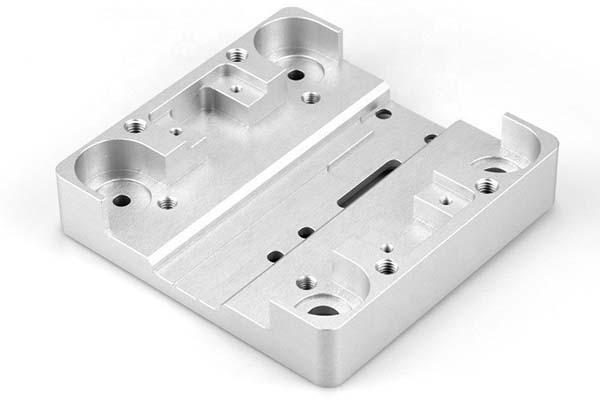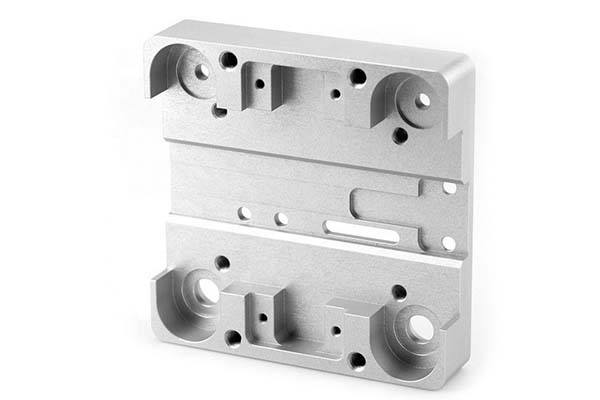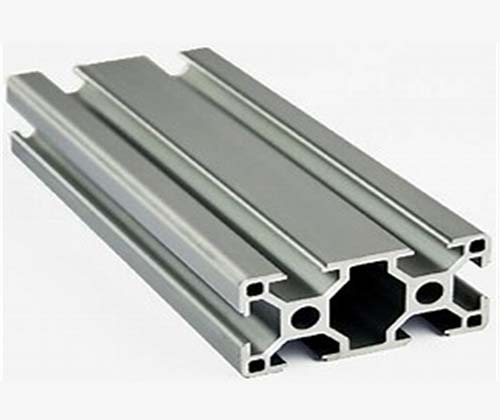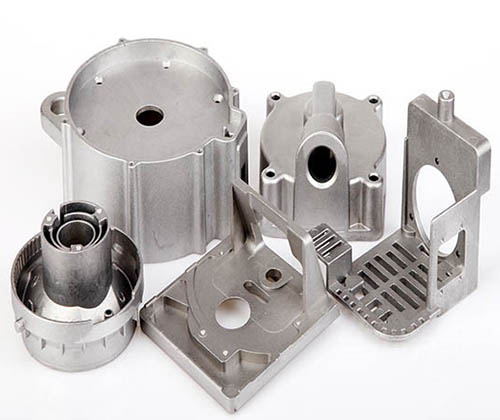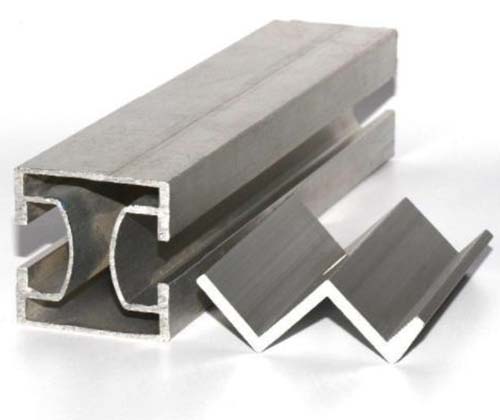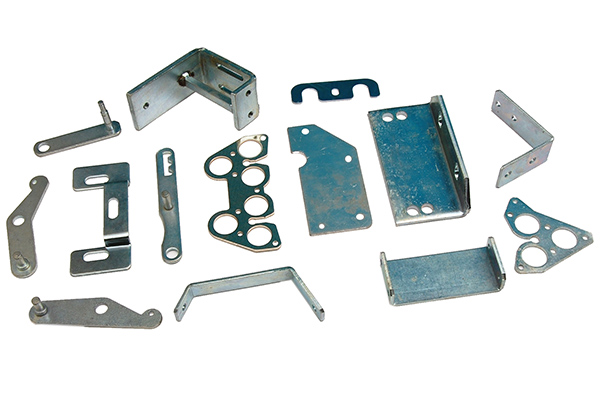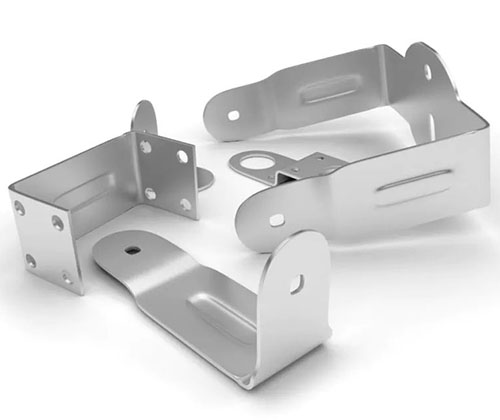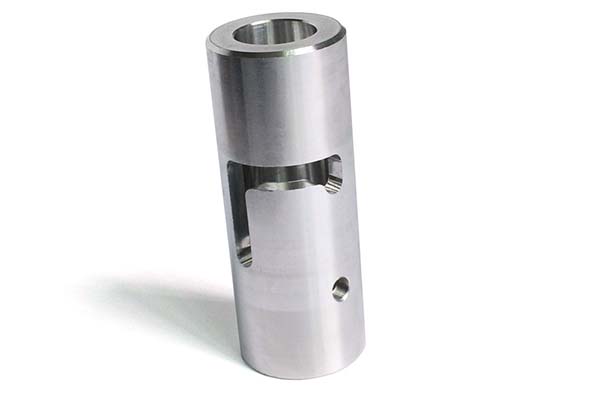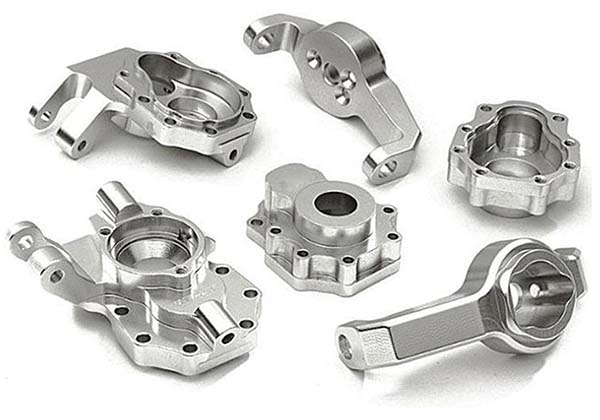What is Die Casting Draft Angle
In the die casting process, the die casting draft angle is a crucial factor that often determines the success of the entire production. Simply put, the die casting draft angle is the slight taper or angle added to the vertical surfaces of a die casting part. Its main function is to facilitate the easy removal of the cast part from the die cavity during the demolding process.
Imagine trying to pull a perfectly straight - walled object out of a tight - fitting mold. There would be a significant amount of friction between the part and the mold walls, which could lead to various issues. The part might get stuck in the mold, causing damage to either the part or the mold itself. In some cases, excessive force during demolding could even distort the shape of the part, rendering it unusable.
The draft angle provides a small slope on the part's surface. This slope reduces the contact area between the part and the die during demolding, thus minimizing friction. For example, if you consider a die - cast rectangular block, adding a draft angle of a few degrees to its vertical sides means that as the part cools and is ready to be removed from the die, it can slide out smoothly without getting snagged.
Typically, draft angles are measured in degrees, and they can range from as little as 0.5° to several degrees depending on various factors. Small draft angles are suitable for parts with simple geometries and soft materials, while larger draft angles are often required for more complex shapes or harder materials.
To put it in perspective, think of a bottle with a narrow neck. If the inner walls of the neck were perfectly straight, it would be extremely difficult to pour out the contents. However, most bottles have a slight taper (similar to a draft angle) that allows the liquid to flow out easily. In die casting, this concept is applied to ensure the efficient and damage - free removal of parts from the die.
How to Determine the Right Die Casting Draft Angle
Material Considerations
Different die - casting materials have varying requirements for draft angles due to their distinct physical properties.
Zinc Alloys: Zinc alloys have relatively low adhesion to the die surface. This property allows for a wider range of draft angle options. Typically, a draft angle as small as 0.5° per side is sufficient for most zinc - alloy die - castings. For example, in the production of small zinc - alloy decorative parts with simple geometries, a 0.5° draft angle enables smooth demolding while maintaining the part's dimensional accuracy. The low adhesion also means that the risk of the part sticking to the die during demolding is minimized, even with a small draft angle.
Aluminum Alloys: Aluminum alloys have a higher adhesion to the die compared to zinc alloys. As a result, they generally require a larger draft angle. A recommended draft angle for aluminum - alloy die - castings is around 1° per side. In the manufacturing of aluminum - alloy automotive engine components, which often have complex shapes and tight tolerances, a 1° draft angle helps to ensure that the parts can be removed from the die without causing damage to the die or the part itself. The higher adhesion of aluminum alloys necessitates this larger angle to reduce the friction during demolding.
Magnesium Alloys: Magnesium alloys are similar to aluminum alloys in terms of their draft - angle requirements. They also typically need a draft angle of approximately 1° per side. Magnesium - alloy die - castings are often used in applications where weight reduction is crucial, such as in the aerospace industry. For magnesium - alloy aerospace components, a 1° draft angle is necessary to facilitate the demolding process, considering the complex shapes and high - precision requirements of these parts.
The following table summarizes the draft - angle requirements for different materials:
| Material | Recommended Draft Angle per Side |
| Zinc Alloys | 0.5° |
| Aluminum Alloys | 1° |
| Magnesium Alloys | 1° |
Feature Geometry
The geometry of the die - casting features also plays a significant role in determining the appropriate draft angle.
| Casting Feature | Recommended Draft Angle Range |
| Thin Walls (less than 2mm) | 0.5° - 1° |
| Medium - thickness Walls (2 - 5mm) | 1° - 2° |
| Thick Walls (more than 5mm) | 2° - 3° |
| Small Holes (diameter less than 5mm) | 1° - 2° |
| Medium - sized Holes (diameter 5 - 10mm) | 2° - 3° |
| Large Holes (diameter more than 10mm) | 3° - 4° |
| Short Ribs (height less than 10mm) | 0.5° - 1° |
| Medium - height Ribs (height 10 - 20mm) | 1° - 2° |
| Tall Ribs (height more than 20mm) | 2° - 3° |
For example, a die - casting with thin walls can get away with a smaller draft angle because there is less material in contact with the die, reducing the friction during demolding. On the other hand, a large - diameter hole or a tall rib requires a larger draft angle to ensure that the part can be removed from the die without getting stuck.
Industry Standards and Best Practices
Industry standards provide general guidelines for die - casting draft angles. In general, for most die - casting applications, a draft angle of 1° - 3° per side is considered a good starting point. This range is suitable for a wide variety of materials and part geometries.
However, in some special cases, different draft - angle values may be required. For parts with extremely tight dimensional tolerances, a smaller draft angle (around 0.5° - 1°) might be used, but this requires more precise die - design and manufacturing to ensure successful demolding. In contrast, for parts with very complex geometries or when using materials with high adhesion to the die, a draft angle of up to 5° or more per side may be necessary.
For instance, in the medical device industry, where die - cast parts often have tight tolerances, a draft angle of 0.5° - 1° might be specified. In the die - casting of large, complex - shaped industrial machinery components, a draft angle of 3° - 5° could be more appropriate to ensure the smooth removal of the parts from the die.
Yigu Technology's Perspective
As a non - standard plastic metal products custom Supplier, Yigu Technology deeply understands the significance of die casting draft angle. In the customization process, we meticulously analyze each part's material, geometry, and the final application requirements.
For materials like aluminum alloys with high adhesion, we ensure to adopt appropriate draft angles, usually around 1° per side, to prevent parts from getting stuck during demolding. When dealing with complex - shaped components, we carry out in - depth simulations and calculations. By doing so, we can precisely control the draft angle, guaranteeing the dimensional accuracy of the parts while also ensuring smooth demolding. This not only improves production efficiency but also reduces the rejection rate, ultimately providing customers with high - quality custom die - casting products.
FAQs
Q1: Why is the die casting draft angle important?
A: The die casting draft angle is crucial as it reduces friction during demolding, preventing the part from getting stuck in the die. This ensures smooth removal of the cast part, minimizing damage to both the part and the die, and maintaining the part's dimensional accuracy.
Q2: Can I use the same draft angle for all die - casting parts?
A: No, you can't. The appropriate draft angle depends on factors such as the material (e.g., zinc alloys may need a 0.5° draft angle, while aluminum alloys often require 1°), the geometry of the part (thin walls can have a smaller draft angle compared to thick walls), and industry standards for specific applications.
